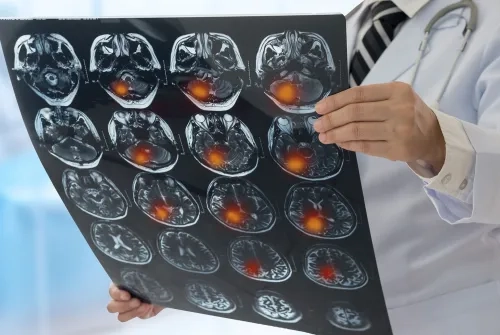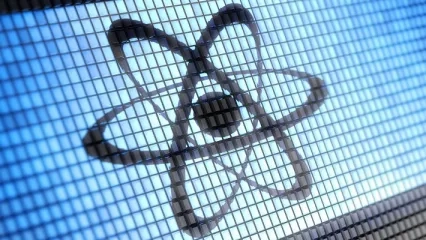Alo Yeditepe
Alo Yeditepe
Therapies Applied in Nuclear Medicine
In the Nuclear Medicine Department, both diagnosis and treatment practices are carried out for diseases. Today, nuclear medicine applications are used in the diagnosis and treatment of many diseases from thyroid hormone diseases to kidney diseases and from heart diseases to orthopedic problems.
Some of the treatments applied in Nuclear Medicine are listed as follows:
- “Iodine I-131” for the treatment of thyroid cancers
- "Lutetium Therapy" in Neuroendocrine Tumors
- “Lu-117 PSMA” for the treatment of advanced hormone-resistant prostate cancer
- “Ra-223” in prostate cancer patients with advanced hormone-resistant bone metastases
- "Gallium" in prostate cancer
- Radioembolization with “Y-90” microspheres in primary or metastatic liver tumors
- Palliative pain in patients with bone metastases
- Radionuclide for intra-articular fluid accumulation and pain
- “Iodine-131” for the treatment of hyperthyroidism (toxic goiter)
- Sentinel lymph node removal with intraoperative gamma probe in diseases such as breast, malignant melanoma, and parathyroid adenoma.
Personalized Nuclear Medicine Treatments
Dosimetric calculations can be applied in a limited number of centers in our country. However, these calculations are necessary for the accurate determination of the amount of radioactive substance needed by the patient in the treatment of thyroid cancer. It is also used in treatments such as prostate cancer, to determine the most appropriate amount of radioactive substance so that healthy organs, such as kidneys, are not damaged by the treatment. In addition, the amount of radioactive substance required for ablation should be determined by dosimetric studies applied in the ablation treatment of thyroid cancer.
Benefits of Dosimetric Calculations
- In many patients, the adequate amount detected by dosimetry is at or below the outpatient margin. Thus, patients can be discharged within a few hours without being hospitalized.
- If a sufficient amount is detected by dosimetry, patients are protected from the side effects of radioactive substances that may be given unnecessarily.
- In some cases, the amount of conventional therapeutic activity falls below the doses that should be given. In such cases, calculating and administering the correct dose with dosimetric studies saves patients from the trouble of re-treatment.
This content was prepared by Yeditepe University Hospitals Medical Editorial Board.
”
See Also
- Radioembolization in Liver Tumor Treatment
- Diagnosis of Heart and Brain Diseases with PET CT
- Atomic Therapy (Radioactive Iodine Therapy)
- Theragnostic Approach in Cancer Treatment
- Nuclear Medicine Diagnosis and Imaging
- Molecular Imaging and Treatment in Prostate Cancer
- Lutetium Treatment in Neuroendocrine Tumors
- Targeted Atomic Therapy is Hope for Many Cancers
Alo Yeditepe






